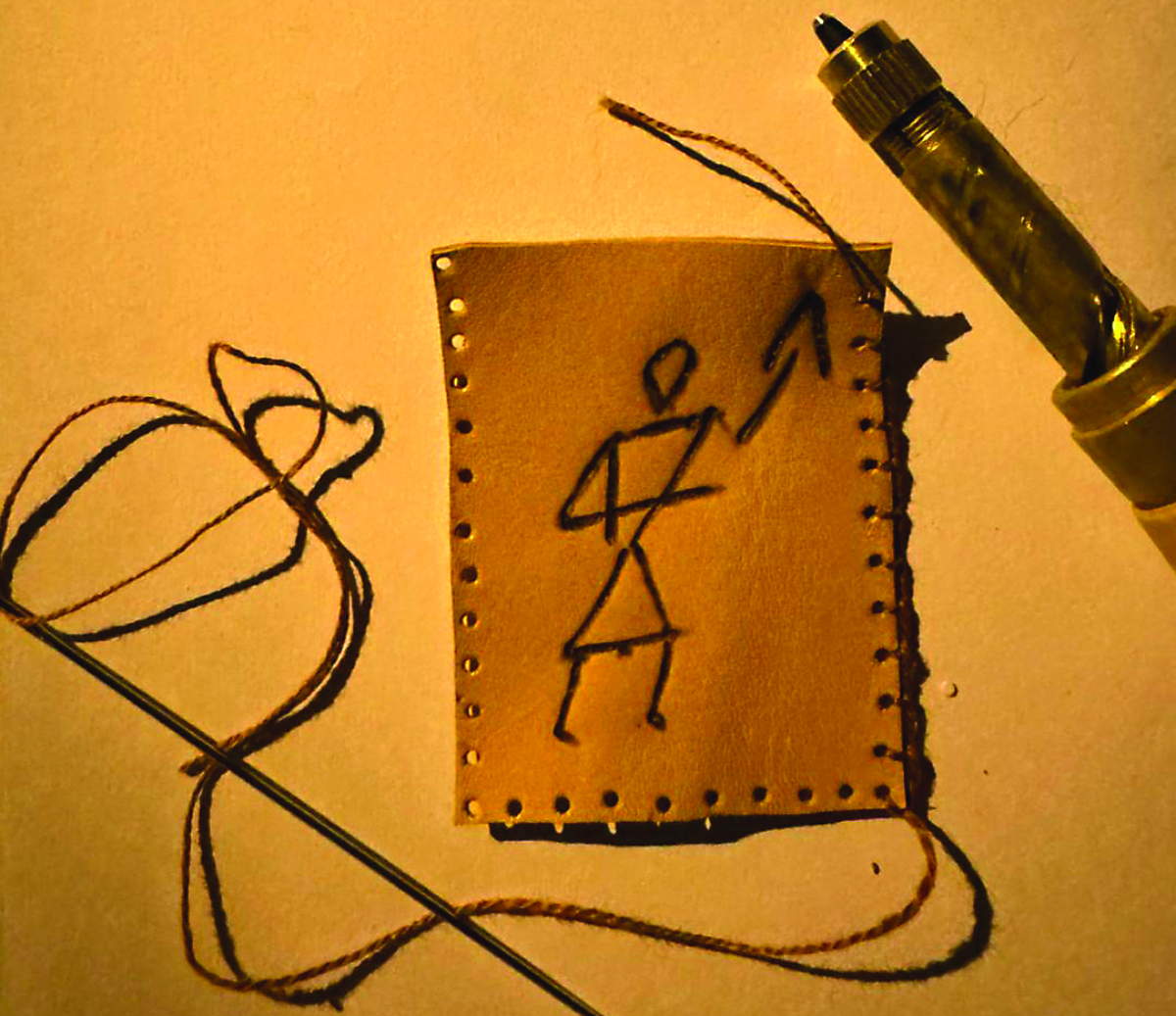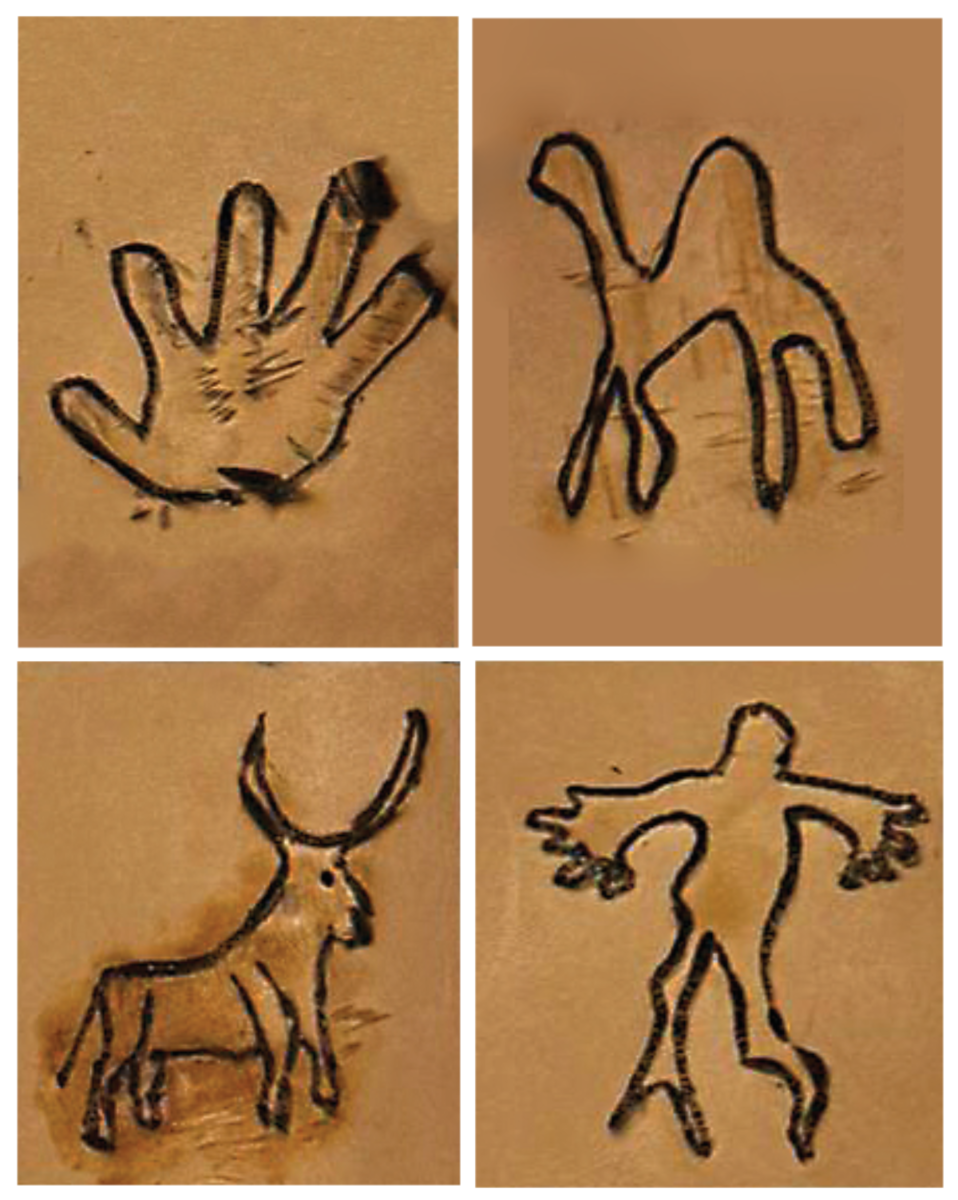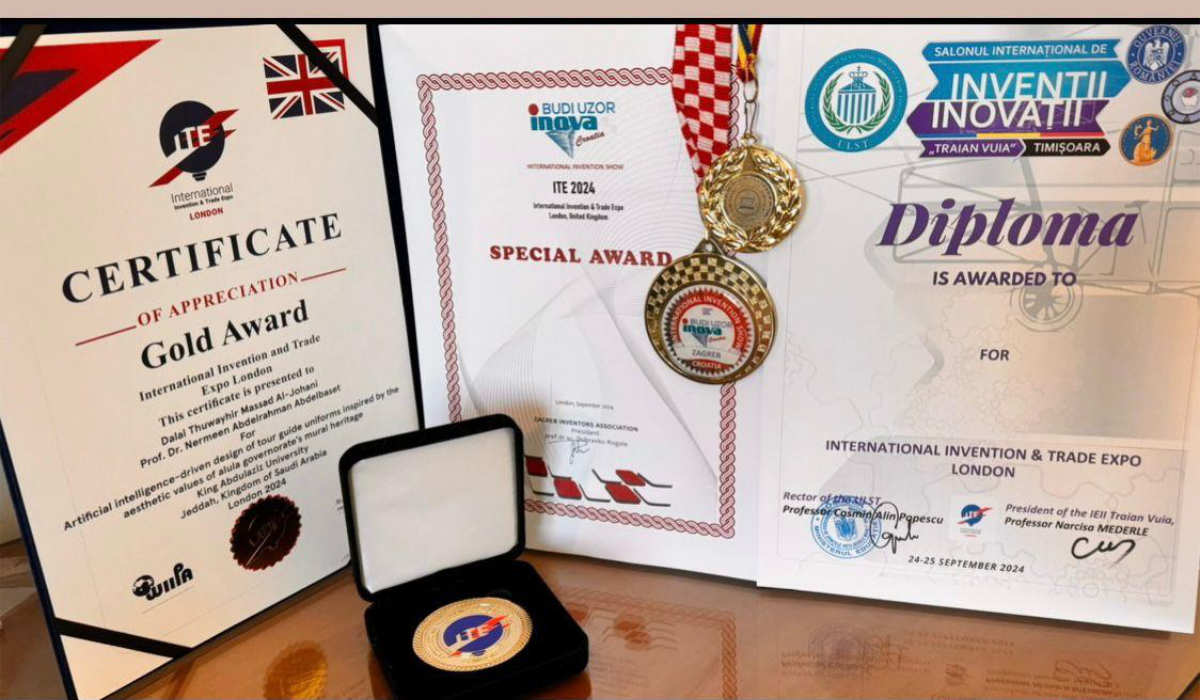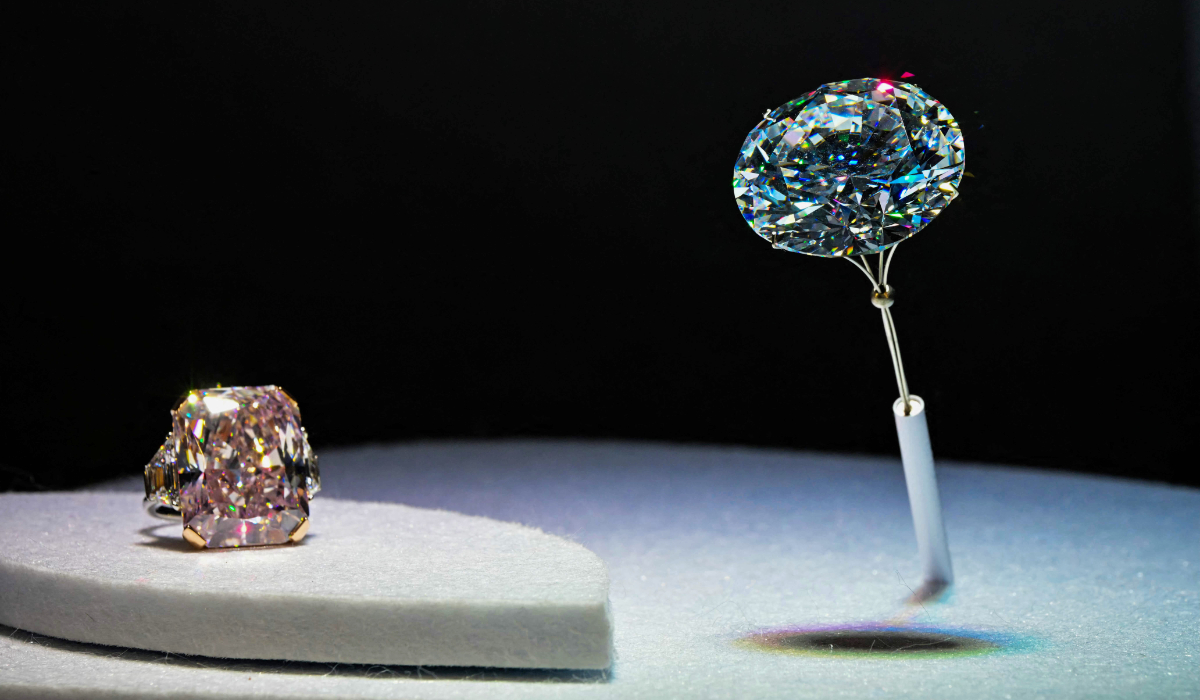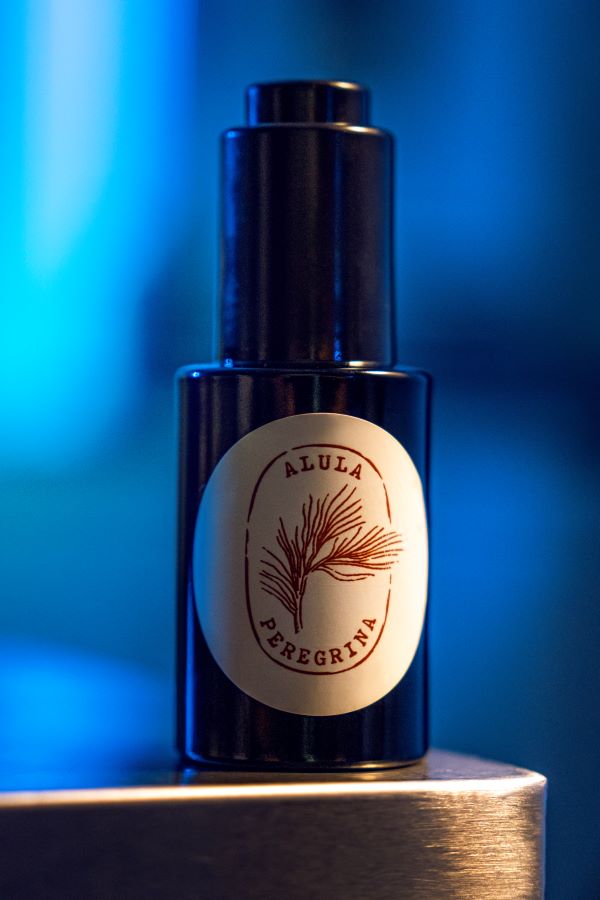JEDDAH: We all look to our past for answers as to who we are as Arabs, as Saudis. How we came to be. Where our families originated from and what makes us significant from others around us. We seek our elders and ask questions, where they lived, how they dressed, what traditions arose in their time and what traditions were inherited from their forefathers. Many of the answers we want are no longer applicable in modern times, but it is undoubtedly what makes us who we are today.
Of our many Saudi traditions, its diversity is what is striking. Every region has its own taste and beauty all meshed into one big melting pot that is the Saudi Arabia we know now. Of the many beautiful aspects that make up the Kingdom, clothing has to be the most noteworthy.
Word of mouth was and is still one of the best ways to learn of a certain past event, tradition or social aspect, but documenting it is a much bigger task. One of the first Saudi females to do so is Dr. Laila Al-Al-Bassam.
Her love for traditional wear led her to become the first to study the heritage of traditional Arab costume and textiles in Saudi Arabia. Her love for preserving traditions is evident in her continuous studies and efforts not only to preserve but to educate the younger generation about the importance of keeping our traditional clothing alive.
I met Al-Bassam a year and a half ago through a mutual friend. I shared her love for traditional clothing and grew a mutual respect for our respected heritages. She found how much I knew of my Hijazi heritage, more specifically that of Makkah and Al-Madinah, where my family originates. Al-Bassam granted Arab News an exclusive interview about her lifelong work in preserving traditional Saudi costumes.
Her beginnings in the field started very early on. She recalls her mother folding her grandmother’s dresses in a special violet and crimson chest, taking special care in the way she placed them inside. As a young girl, she visited Unaizah in Al-Qassim region, where her family originates, and bought her first traditional costume.
“Al taly” is a tulle dress or thawb adorned by small rectangular shaped beads creating geometric designs in lavish floral and leaf motifs concentrated mostly at the bodice. It was the first dress I bought from the monthly pocket money I saved up in middle school. It’s one that became a part of my ever-growing collection thereafter,” Al-Bassam explained.
“The dress holds a special place in my heart as I inherited a similar one that my late aunt passed down to me. My admiration for the traditional ways of my region grew and I even decided to wear a traditional wedding dress on my wedding night.”
Like many Saudis of her time, she became an educator. Al-Bassam received her BA in home economics and in 1979 was teaching at the Girls’ College of Education in Riyadh. She obtained her MA in 1983 and, soon after, her PhD in 1988. Both were in clothing and textiles from the Girls’ College of Education.
In 1995 she became an associate professor in the department of home economics at the same college, where she successfully incorporated the subject of traditional Saudi clothing in the study plans of the department, in addition to methods of decorative embroidery. Neither subject is complete without the other.
Decorative embroidery well-defined each region as its own. It signified one tribe from another as well. The importance of these subjects can’t be emphasized enough. They are the means of allowing a younger generation to get a glimpse of and understand the history of our culture and heritage.
“A lot of people tend to forget that traditional clothes were mainly made, decorated and embellished by women,” Al-Bassam said. “They were the backbone to their families alongside their spouses. Though many of the garments were for versatile use due to difficult environments and living conditions in many regions, they still created something beautiful.
“Whether it was a simple embroidered sleeve or a feminine shaped design, they used their environments as their muse and canvas, resulting in the many designs we have now for men and women. There’s more to it than just a dress or miqta’a or diglah. There’s a story behind the designs.”
Al-Bassam’s work in the educational field and dedication to the many preservation projects for traditional clothing has gained her recognition. As one of the most influential and important researchers in her field, she is a member of many national and international associations such as the Committee on Heritage in Al Nahda Women’s Welfare Association, the Advisory Committee in the National Museum, the Gulf Council Committee, the Textile Museum in Washington, DC, and of the National Heritage Society and more.
She believes that it is essential to collect, record and document the traditional costumes of the Kingdom. With the discovery of oil in the past century, these styles are disappearing and she has been on the move to many regions around the country, conducted questionnaires, collected samples, managed meetings with locals and listened to the stories as well as learning the proper manner of designing these clothes in detail. They signify the Saudi culture that is moving into modernity, fast.
“Each region has its own take on their costumes. The distinct features of the Arab garments can be found in their stitching, the fabrics, their embroidery, jewelry, accessories and the choice of color. You can know a lot through these features, which culture they were influenced by, and you can differentiate between each tribe’s costume, for example, through these features,” said Al-Bassam.
“I believe that with the many efforts around the country to revive its traditions through festivals and events like Janadriyah, the younger generation will get a good glimpse of how our men and women dressed in the past.”
Al-Bassam was rewarded by the King Salman Prize of Excellence for Research and Studies on the Arabian Peninsula History, and recognized as the first Saudi woman to have studied the heritage of traditional Arab costumes and textiles in Saudi Arabia. She’s currently in the process of publishing a number of books on the subject.
“It’s important that I share my knowledge with everyone, to raise awareness of the importance of preserving our beautiful heritage.”







